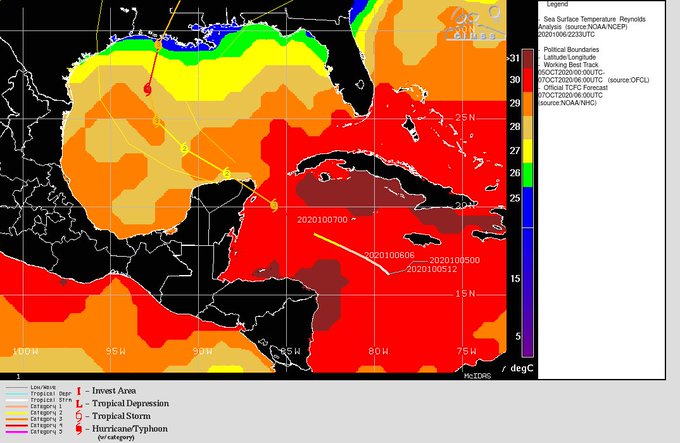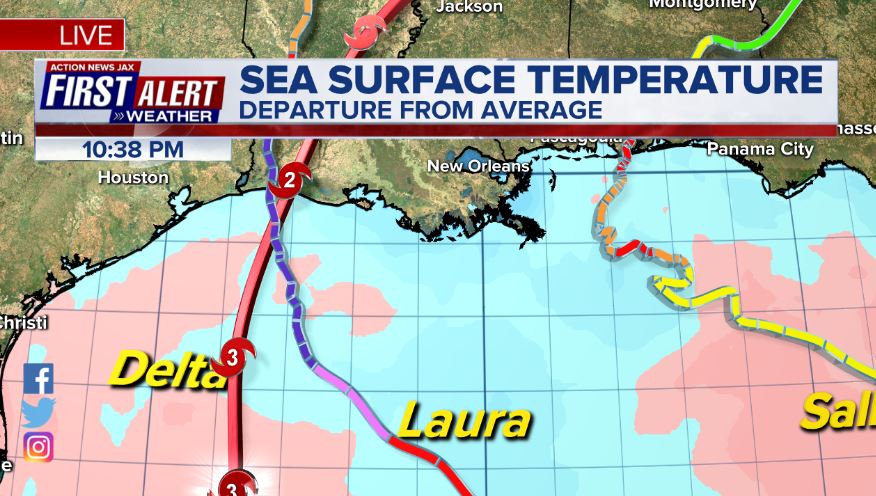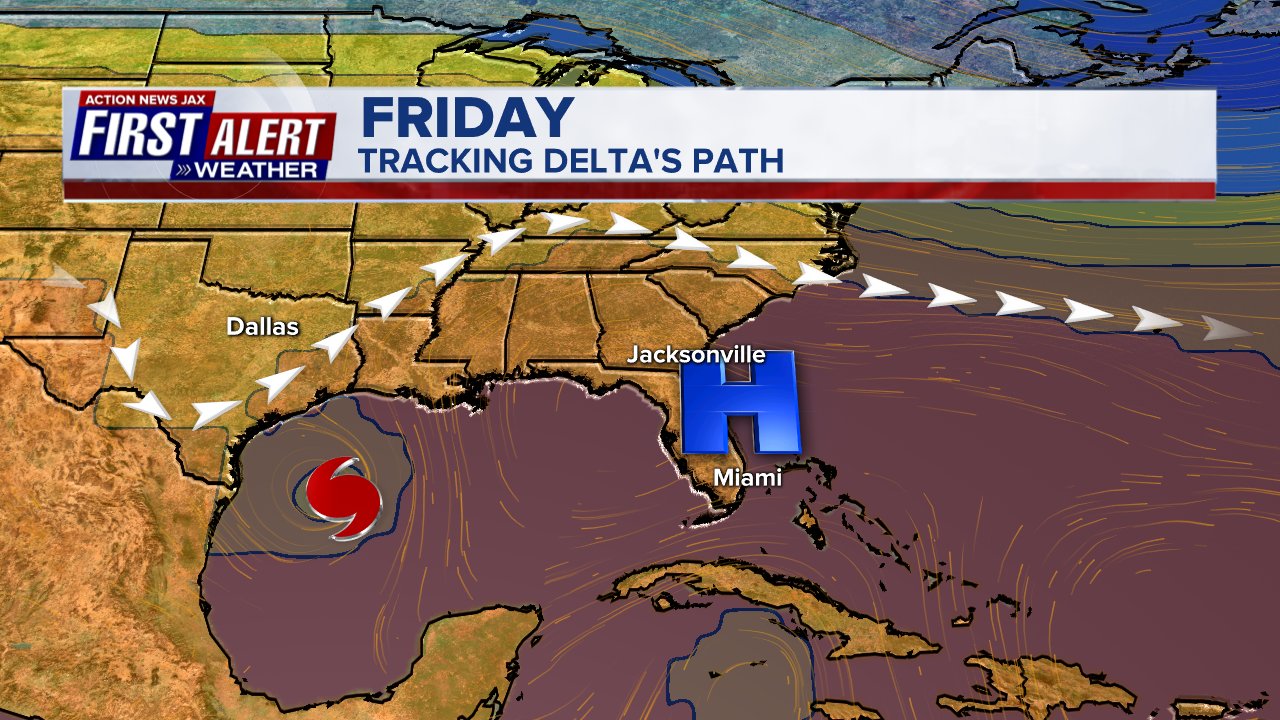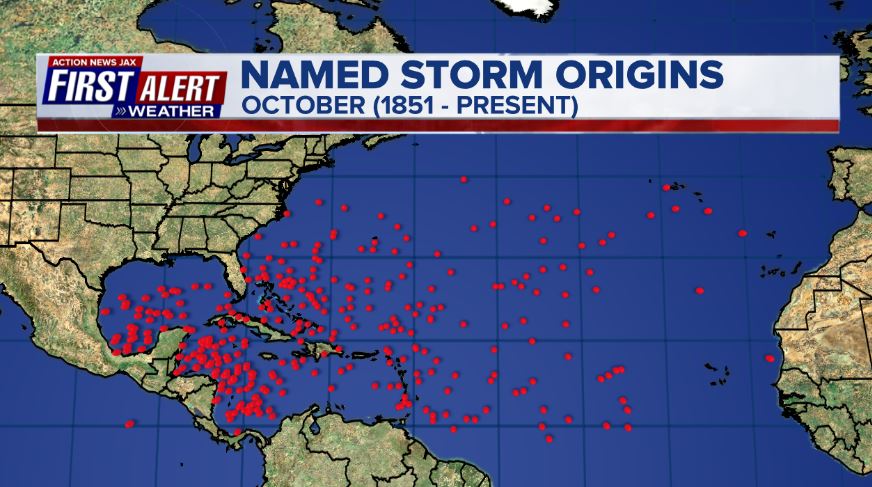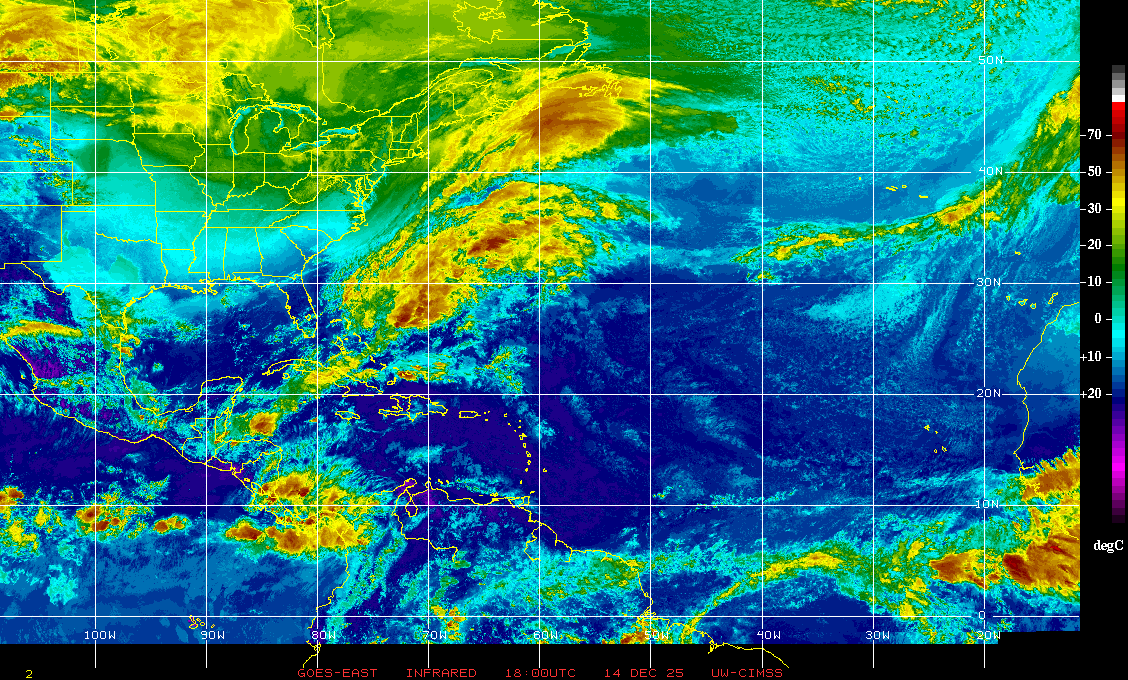Jacksonville, Fl. — The “Buresh Bottom Line”: Always be prepared!.....First Alert Hurricane Survival Guide... City of Jacksonville Preparedness Guide... Georgia Hurricane Guide.
STAY INFORMED: Get the * FREE * First Alert Weather app
FREE NEWS UPDATES, ALERTS: Action News Jax app for Apple | For Android
WATCH “Talking & Tracking the Tropics: The Science Behind the Season”
WATCH “Preparing for the Storm”
READ the First Alert Hurricane Center “Survival Guide”
***** ALWAYS CHECK & RE-CHECK THE LATEST FORECAST & UPDATES! *****
-- THERE WILL BE *NO DIRECT* IMPACTS FROM DELTA FOR JACKSONVILLE/NE FL./SE GA.....
If traveling this weekend to the Gulf Coast & even the Tennessee Valley including the Smoky Mountains, stay informed on the latest, updated forecast......
A Caribbean tropical wave was upgraded to tropical depression #26 Sun. night... to tropical storm “Delta” early Monday then to a hurricane Monday evening while moving west/NW across the Caribbean south & southwest of Jamaica. In less than 48 hours, Delta went from a depression to a Cat. 4 hurricane by late Tue. morning. According to Phil Klotzbach, this is the fastest intensification - 70 mph in 24 hours - of an Atlantic tropical cyclone since Wilma in 2005. Like has happened so often this season, this is the fastest ever to the 25th storm beating by more than a month the previous record of Nov. 15th, - take a guess! - 2005. The tiny eye - 5 nautical miles across Tue. - can suddenly contract & allow for strengthening (such as occurred midday Tue.) but such a compact hurricane is also more susceptible to outside interference that can cause fast weakening as we saw Tue. night. At one point, hurricane recon reported the eye had completely collapsed only to see some reorganization with a renewed eye just before landfall. In any case, landfall was about 6:30am EDT Wed. on the far northeast of the Yucatan Peninsula near Cancun (at Puerto Morelos) where sustained winds were near 85 mph & a minimum central pressure of 972 mb was measured.
The Yucatan Peninsula was little more than speed bump for Delta as the relatively fast-moving tropical cyclone moved over the warm water of the Southern Gulf of Mexico Wed. afternoon & rather quickly reorganized & strengthened. Delta has likely reached its true peak intensity with a classic appearance on satellite data Thu./Thu. night while the hurricane also expanded its wing span (wind field) & turned more north. Delta made landfall about 7pm EDT near Creole, Louisiana about 10 miles east of Cameron - site of Cat. 4 Laura’s landfall in late Aug.
A clear alleyway remains established that took Delta on a curved path from the Southern through Western Gulf to the Louisiana coast just east of Cameron & well west of New Orleans followed by a sharper turn northeast from Louisiana to Tennessee. This will be another near miss for Houston & New Orleans. Virtually no impacts for Houston... & relatively minimal - all things considered - impacts for New Orleans - tropical storm force winds, possible gusts near hurricane strength, some heavy rain, isolated tornadoes & some storm surge on the order of approximately 2-4 feet. Lake Charles (again!), Alexandria & Baton Rouge will sustain significant wind & rain. As Delta’s remnants interact with a cold front & upper level trough, heavy rain & flooding will occur as far north & east as parts of Tennessee, Kentucky, the Carolina’s & Georgia.
Delta did indeed feel the effects of increasing shear out of the southwest as the hurricane increased its forward speed. Ocean temps. were not as warm as the Caribbean/far Southern Gulf & there were the typical increased effects of friction upon approach to landfall. Plus some dry air was pulled into Delta as it approached land. The eye broadened late Friday & opened up on it south side as the central pressure steadily increased. Still.... Delta was a large hurricane marching steadily north/northeast on its final journey to the coast. While Delta was off its peak when it hits Louisiana & nearby areas, the hurricane still managed a very dangerous storm surge near & to the east of the eye that has already measured near 10 feet.
The cooler shelf water is very evident over the far Northern Gulf:
The proximity of Delta to where Cat. 4 hurricane Laura came ashore in late Aug. is uncanny:










Water vapor imagery shows a moistening atmosphere across the Gulf & in the vicinity of Delta....



Microwave imagery courtesy CIMSS:
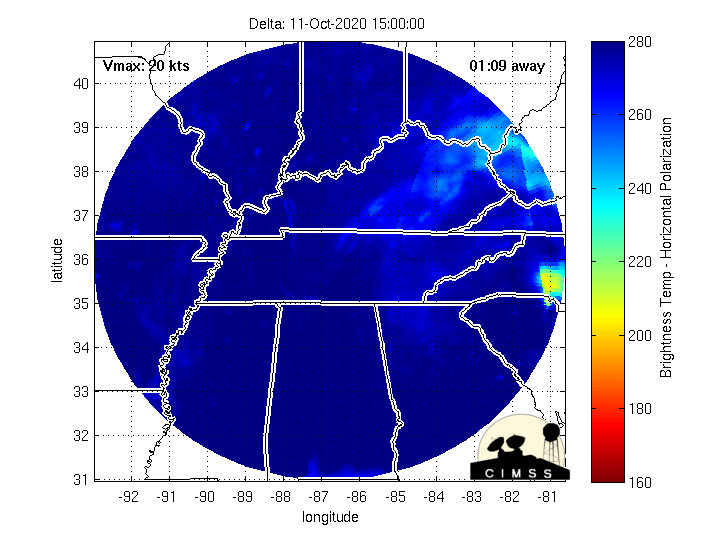
The upper level (500 mb) forecast for Friday showed the approaching trough helping to steer & accelerate Delta north then northeast around the western edge of this season’s persistent upper level high over & near Fl. (our “protector” while steering many tropical cyclones into the Gulf then Gulf Coast):
October tropical cyclone origin points are clustered over the Caribbean, Gulf of Mexico & SW Atlantic:
Atlantic Basin wave forecast for 24, 48 & 72 hours respectively (major wave action at Fl./Ga. beaches through early next week due to persistent brisk onshore flow (high pressure to the north) combined with easterly swells from distant Teddy:




Elsewhere across the Atlantic Basin..... a couple areas of interest:
(1) A large upper low is over the Caribbean has been producing disorganized but numerous showers & t’storms. No surface development is expected but this upper low will eventually turn northward over the Gulf to the south & east of Delta over the weekend absorbed by the same upper trough over the U.S. steering Delta. This feature will add to the heavy rain potential across parts of the Southeast U.S. including Fl. & Ga., especially Sat. night into Sunday.
The Caribbean will probably remain an area to keep an eye on over the next couple of weeks.
(2) A large tropical wave has emerged off the coast of Africa. This wave will move steadily west but will be encountering increasing wind shear which looks to disrupt much development, at least in the longer range.



Saharan dust:

2020 names..... “Wilfred” was the last name on the Atlantic list (names are picked at random by the World Meteorological Organization... repeat every 6 years... historic storms are retired (Florence & Michael in ’18 & Dorian is certain to be retired from the ’19 list). Interesting side note: the last six of the names on the ’20 list had never been used. So it’s on to the Greek alphabet now. “Epsilon” is next... the first time the Greek alphabet has been used since 2005 (total of 27 named storms using 6 Greek letter names in ’05)





East Atlantic:






Mid & upper level wind shear (enemy of tropical cyclones) analysis (CIMMS). The red lines indicate strong shear:
Water vapor imagery (dark blue indicates dry air):

Deep oceanic heat content is impressive across the SW Atlantic, Gulf of Mexico & especially the Caribbean:

Sea surface temp. anomalies:


SE U.S. surface map:

Surface analysis centered on the tropical Atlantic:

Surface analysis of the Gulf:

Caribbean:

Global tropical activity:
Marie has dissipated over the open waters of the E. Pacific while weak Norbert is just about stationary to the south/southeast but still far away from any land areas. Typhoon “Chan-hom is weakening over the NW Pacific while turning east/northeast then due east to the south of Japan...


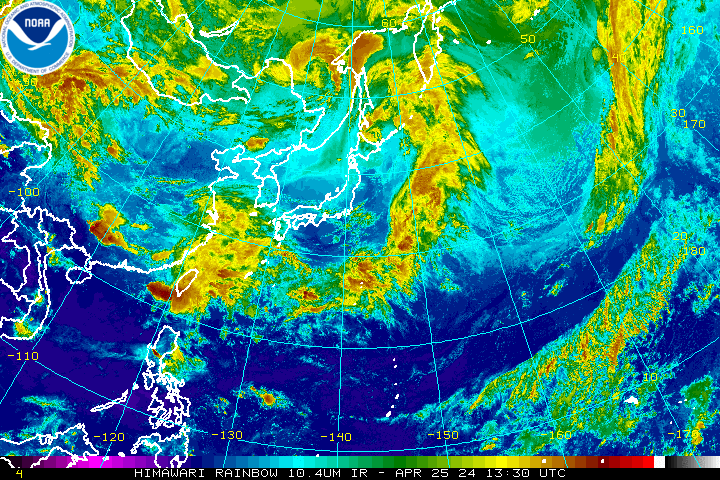
Cox Media Group


